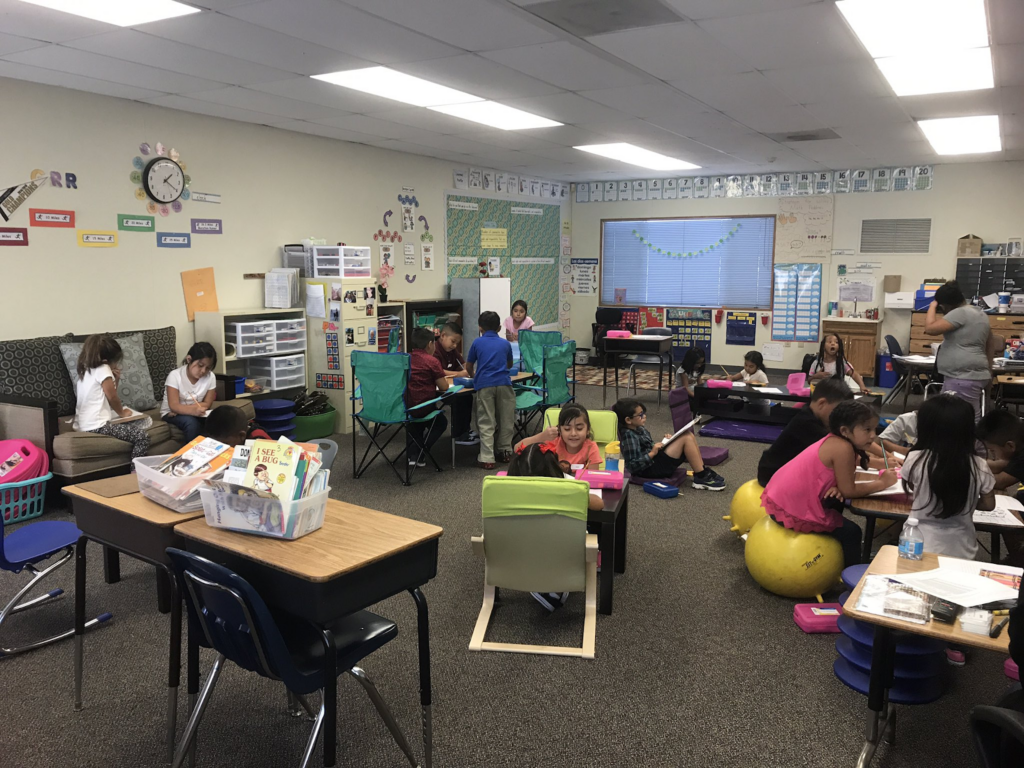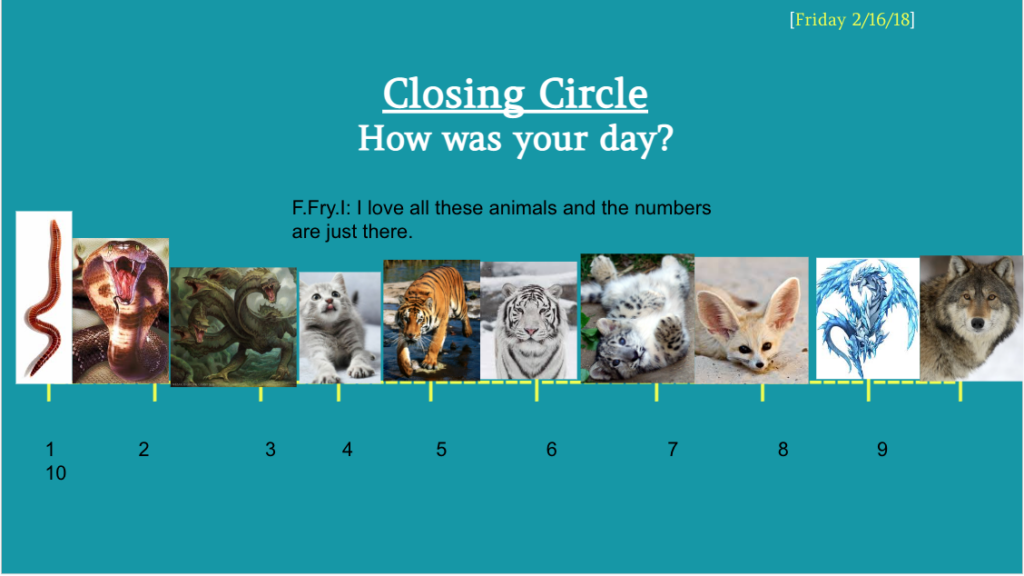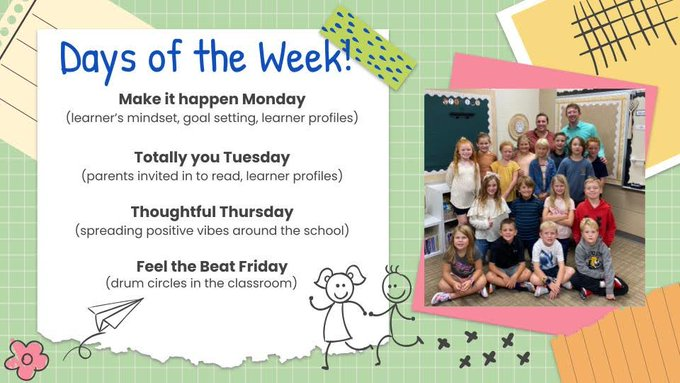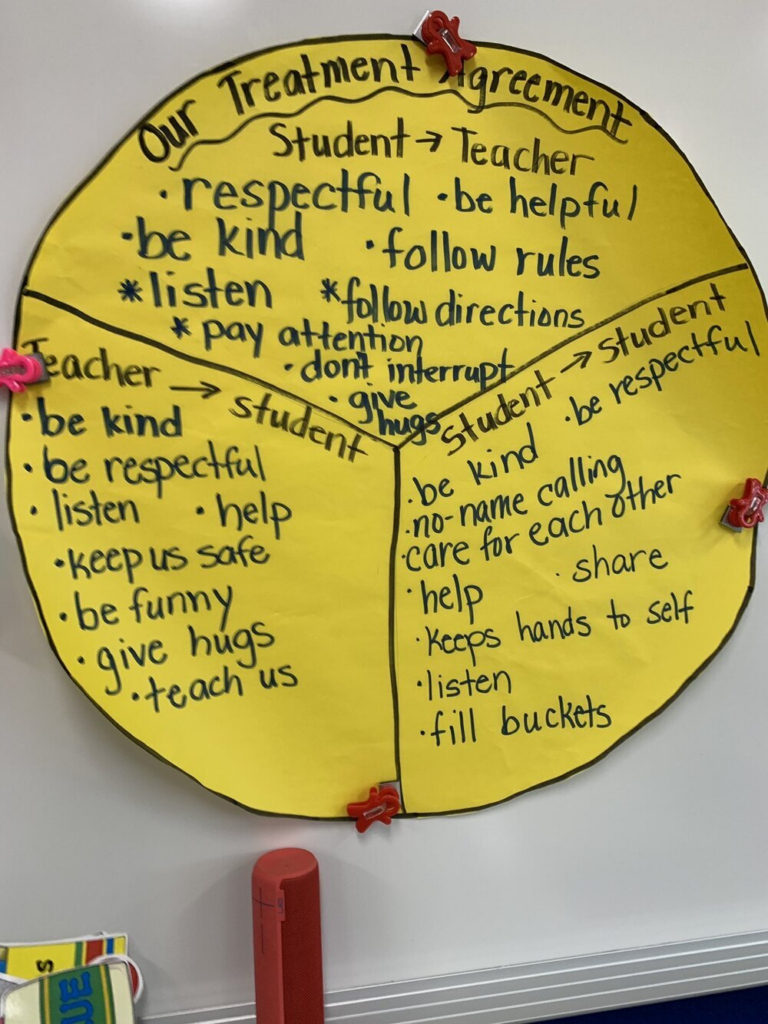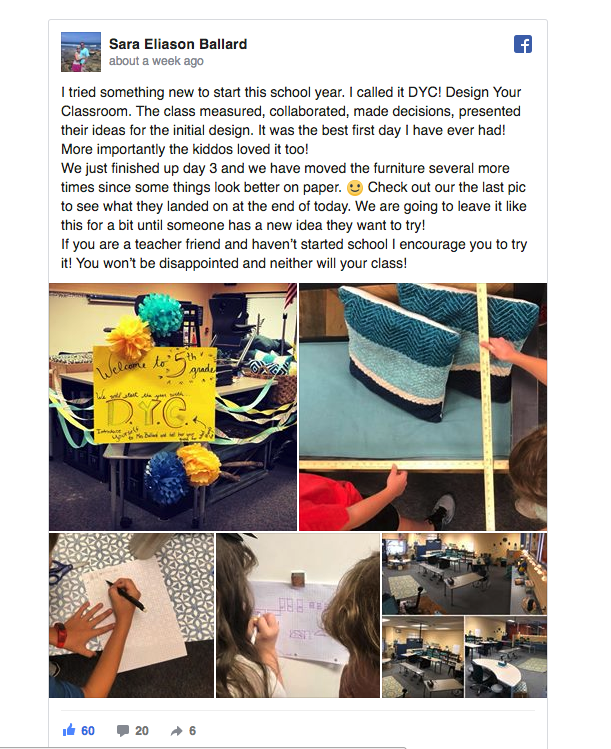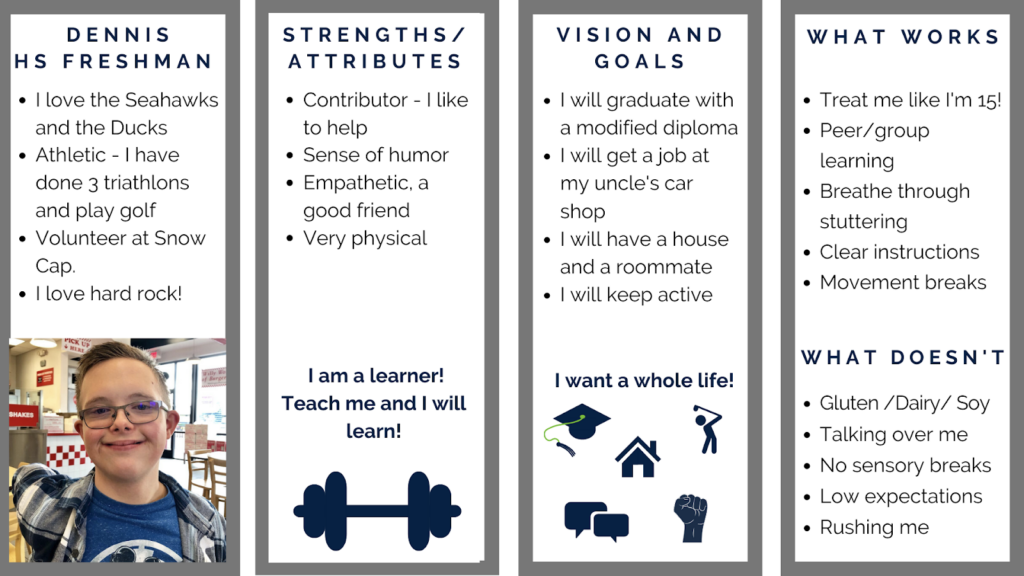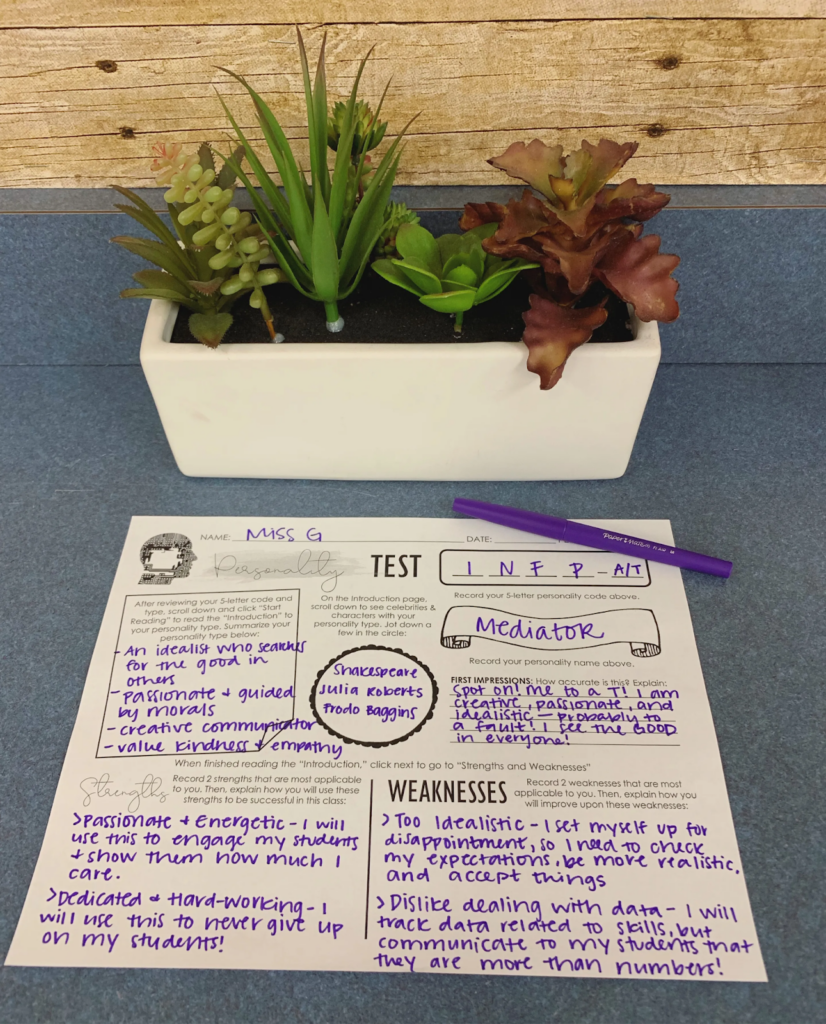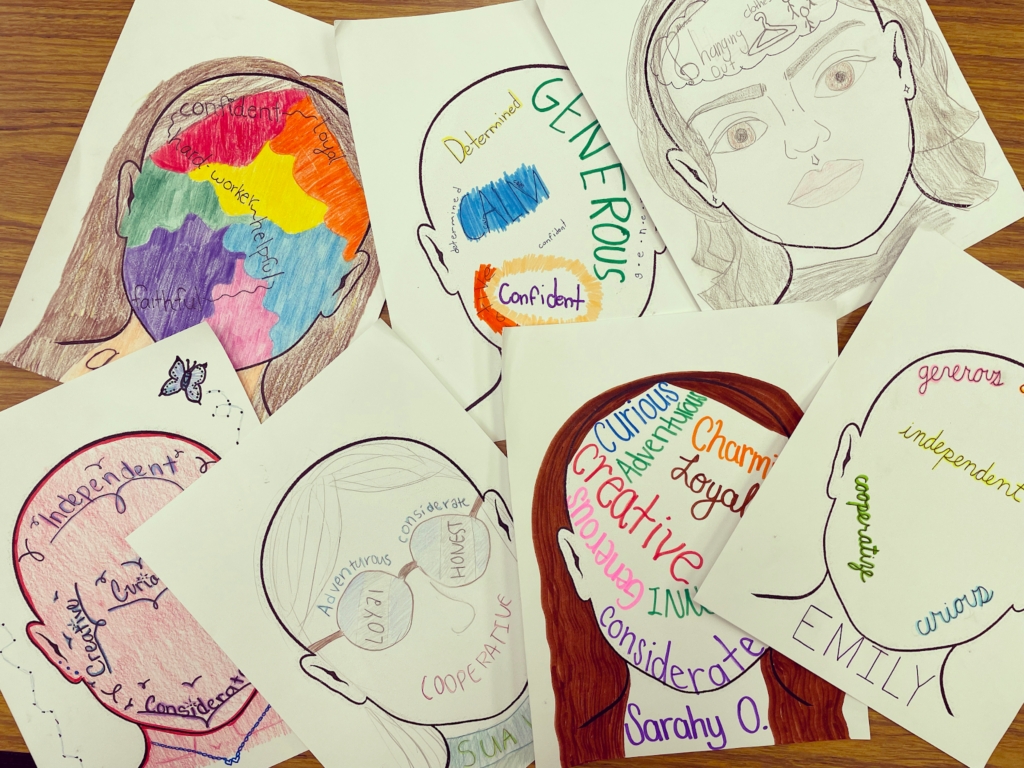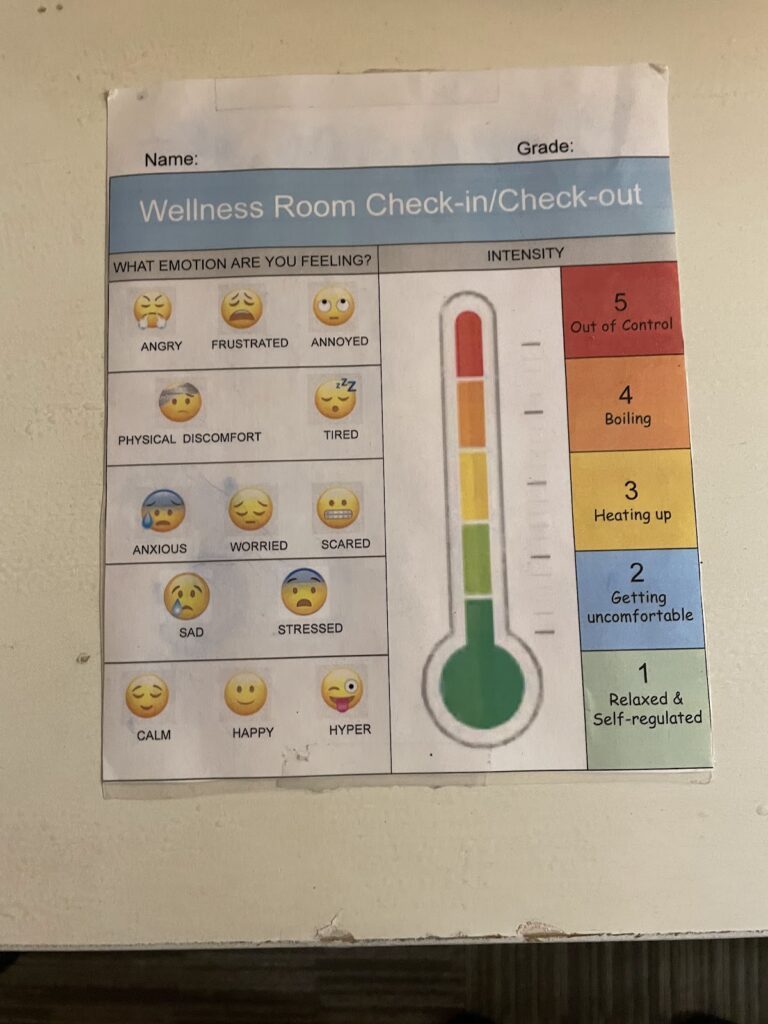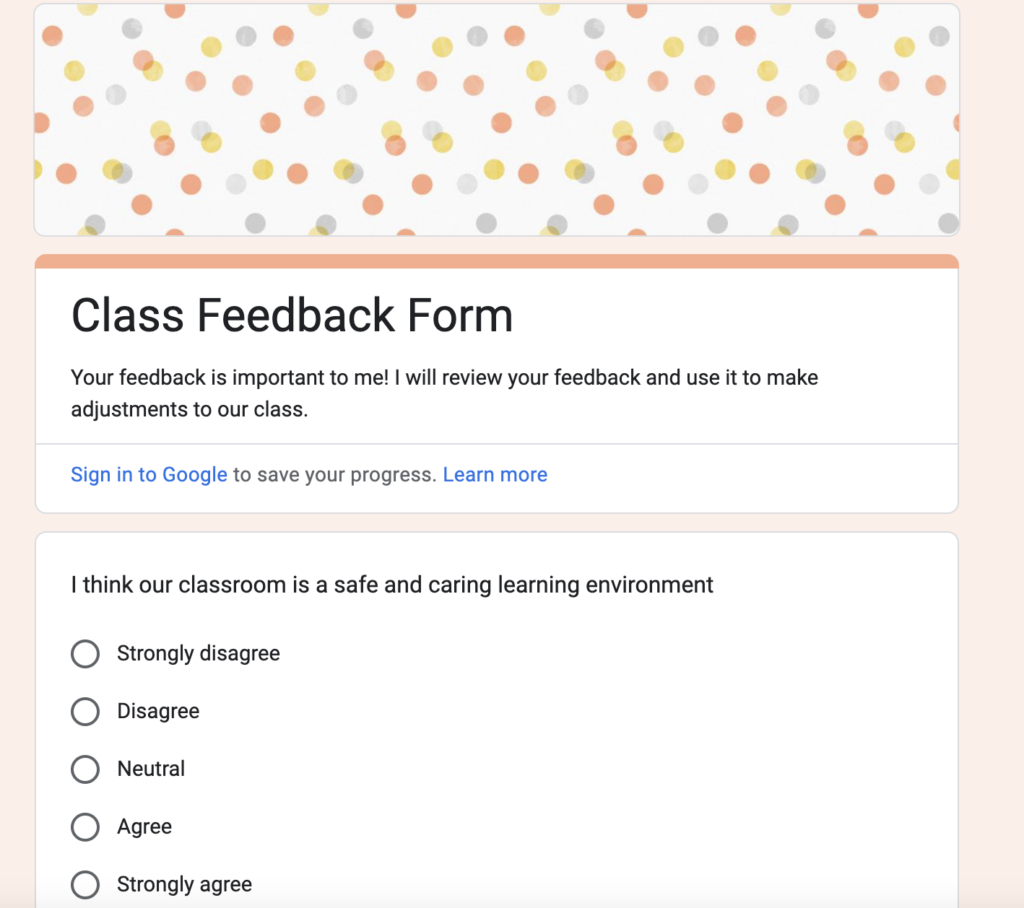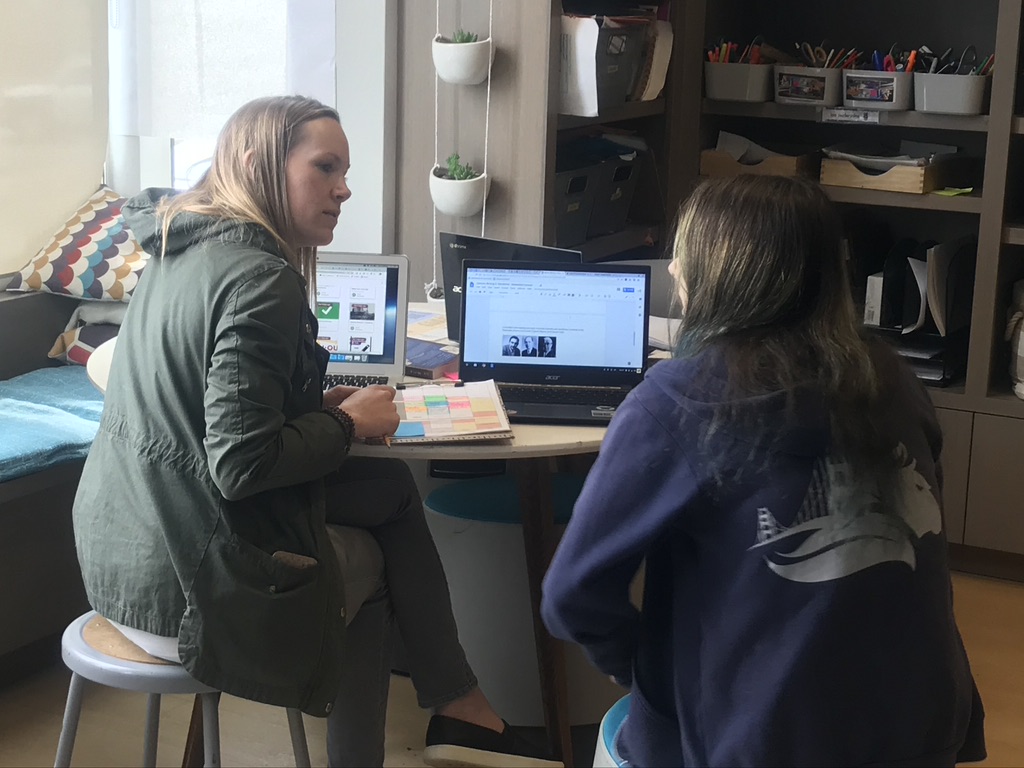Design a Flexible Learning Space
Design a Flexible Learning Space Flexible learning environments are spaces that honor the fact that learning happens both in and outside of the traditional classroom. They also enable opportunities for collaboration and student agency when deciding where and how to learn. A flexible learning environment may be a classroom space set up with desks…
Host Daily Whole-Class Meetings
Host Daily Whole-Class Meetings Whole-class meetings, often referred to as morning meetings in elementary school, is a dedicated time for the whole class to come together and discuss a variety of topics that are not strictly academic. These can be morning meetings at the beginning of the day, closing circles at the end of…
Do quick and fun check-ins regularly
Do Quick and Fun Check-Ins Regularly Getting to know learners and building relationships can take time but dedicating a little bit of time each day or throughout the day through a variety of small routines and activities can go a long way. Check-in questions can range from silly prompts such as “would you rather?”…
Develop Classroom Agreements with Learners
Develop Classroom Agreements with Learners In contrast to the teacher presenting the rules to learners, a collaborative agreement can be created with learners, allowing them to shape their learning community together. Learners feel bought-in because they played a central part in the creation of the agreements. When they see their needs and hopes reflected…
Let Students Make Decisions in your Classroom
Let Students Make Decisions in your Classroom In addition to making choices about their individual learning, students should be invited to engage in decisions that happen in their classrooms that affect them, their peers, and their educators. These decisions can range from something simple and small such as what music to listen to all…
Create Learner Profiles
Create Learner Profiles Have learners reflect on who they are as learners– their strengths, interests, goals, needs, and how they learn best. These Learner Profiles can help learners become more self-aware, while teachers can use it to adjust learning experiences to leverage each student’s strengths and interests and better meet their needs. Some of…
Support Learners in Understanding Themselves
Support Learners in Understanding Themselves In order for learners to make high-quality decisions about their learning and truly be in community, they need to develop a strong sense of self. Who am I? How would I describe myself? What are my strengths? How do I learn best? As educators, we can support this self-discovery…
Use Art to Get to Know Learners
Use Art to Get to Know Learners Research consistently shows that when students have supportive relationships and feel known at school, learning accelerates. Making consistent, strategic efforts to deeply see and know your students will provide a powerful foundation for learning. Art is a great way to allow students to get to know themselves,…
Teach Self-Regulation Techniques
Teach Self-Regulation Techniques The concept of self-regulation does not just apply to a child’s emotional health; it also influences a child’s cognitive ability. The ability to notice and name feelings and then regulate emotions to be more in control of actions is a critical foundation for learning. Bright Spots Gain inspiration from authentic examples…
Nurture Gratitude
Nurture Gratitude Gratitude is a powerful tool for teachers—both for personal and classroom applications. It can be used to help establish a healthy classroom culture as it increases feelings of optimism and joy, decreases anxiety and depression, and helps students feel more connected to their community. Grateful people have been found to experience less…
Give Classroom Feedback Surveys
Give Classroom Feedback Surveys Provide a feedback loop for learners to share their input with you. It’s important to understand the experience that learners are having in your classroom. By creating your own surveys you can get personalized feedback based on recent learning experiences and use that feedback to make real-time improvements to your…
Interview Learners
Interview Learners Feedback from learners is a gift and although surveys provide valuable information, an interview is an opportunity to ask open-ended questions and truly listen. Different from surveys, interviewing learners, whether it be in a 1:1 setting, as a small focus group or a large forum, allows for more nuanced responses and follow-up…
